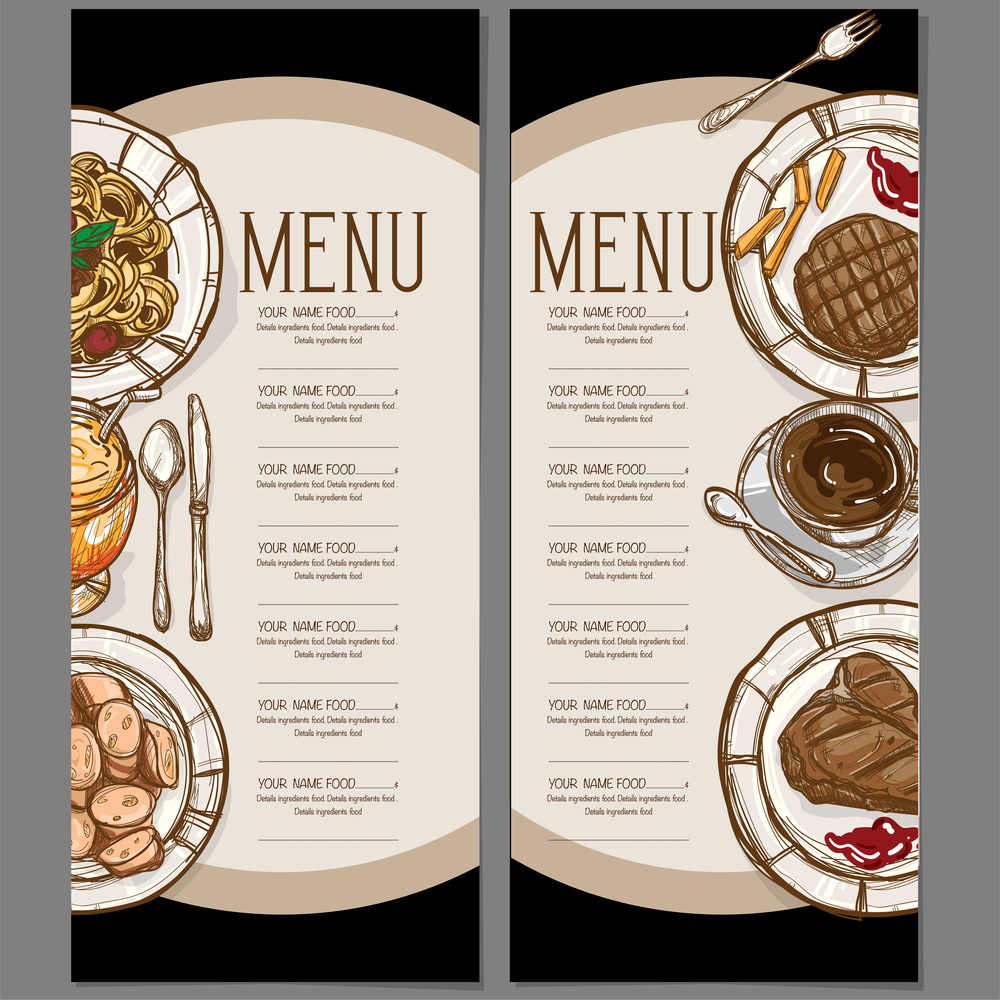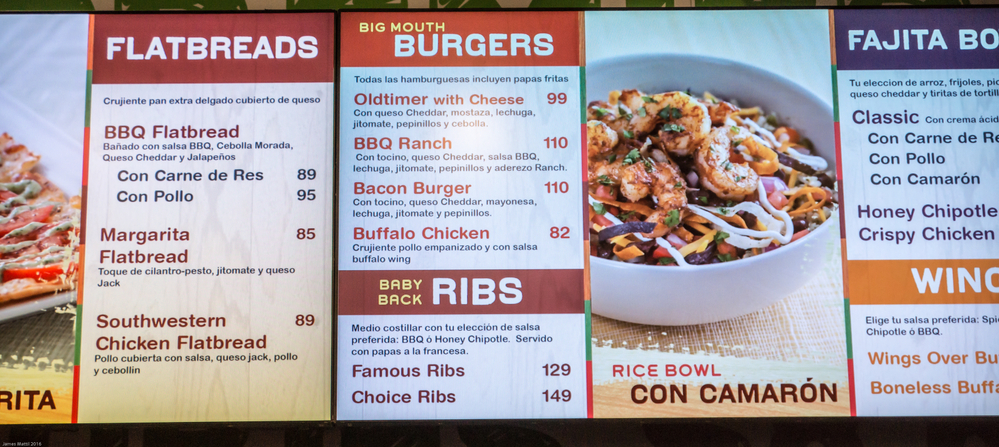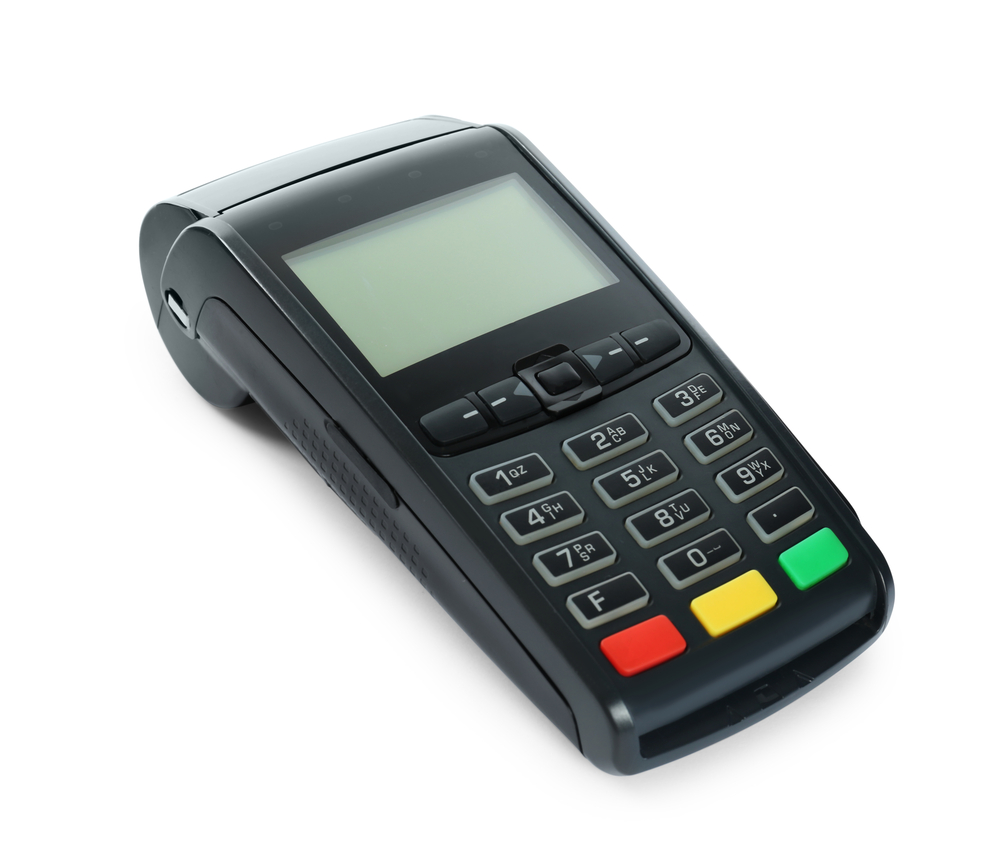
The elderly and those with disability are big customers of cafes and restaurants. Many of these people have trouble reading menus or being able to be understood by hospitality staff. It is important for their mental wellbeing that they can be independent if that is their wish. Here are some practical steps to improve the customer experience:

Accessible Website, Online Menus
Ensure your restaurant’s website is accessible. This includes providing alternative text for images, ensuring proper heading structures, and designing a user-friendly interface.
Make online menus accessible with clear headings, good colour contrast and concise descriptions. Consider using a QR code linked to a tagged PDF document on your website.
Design your website and any mobile applications to be responsive and easily navigable on various devices.
Always ensure there is another option for ordering so that people with hearing impairment can communicate and order independently.

Reservations and Bookings
Provide multiple means for making reservations, such as
online forms, phone calls, and email, to cater to different preferences and
abilities.
Ensure that any reservation platform is accessible and
user-friendly.

Digital Signage
If your restaurant uses digital displays or signage, make sure the content is accessible. Provide alternatives for visual information, such as audio descriptions or text versions.

Accessible WIFI, POS
Ensure that your Wi-Fi login and any point-of-sale (POS)
systems are accessible to people with disabilities. POS machines with
touchscreens can be inaccessible to many people. Check with your POS providers about
accessibility options for POS machines. Train
your staff in the accessibility options for the POS machines as part of your
staff induction. This not only aids with independence, it also ensures security
of pin numbers. Noone should ever have
to share their pin number for any reason. This includes compatibility with
screen readers and other assistive technologies.

Staff Training
Train your staff on how to assist customers with disabilities, including those using assistive technologies.
Encourage staff to be proactive in offering assistance and be aware of the specific needs of different customers.

Other Ideas
Ensure that your physical facilities are accessible, including ramps and lifts where necessary.
Display clear signage, both physical and digital, to guide customers to accessible facilities.
Encourage feedback from customers regarding the accessibility of your digital services.
Regularly review and update your digital accessibility measures based on feedback and evolving standards.
Clearly communicate the accessibility features of your establishment on your website and promotional materials.
Make it known that your cafe or restaurant welcomes and accommodates all customers. This will make you unique.

Conclusion
By taking these steps, cafes and restaurants can create a
more inclusive and welcoming environment for customers with diverse abilities,
both in their physical spaces and in the digital realm. It also gives you
access to larger client base.
